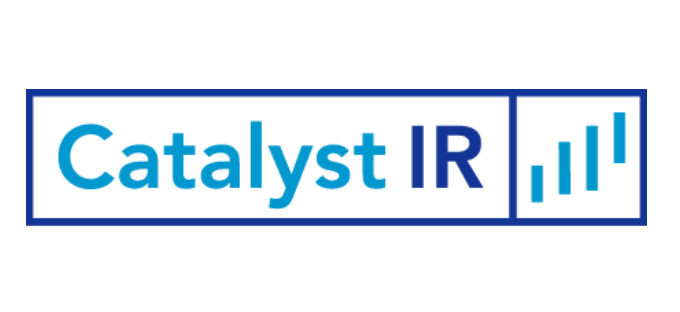Strategies for Combating Negative Social Media Posts About Your Stock
Every situation is different – and the outcomes are unpredictable, so often the risk mitigation strategy is to do nothing. However, we have found it hard to let grossly erroneous or one-sided comments about a public company client go unchecked, tainting ongoing perceptions of new and existing investors.
In our view, the need to proactively address misleading or one-sided negative commentaries is growing, particularly as short-term trading has rapidly expanded its market influence, increasing the potential valuation impact of negative attacks. Additionally, there are a growing number of sentiment metrics drawn from social media activity, that drive quantitative trading strategies. As a result, unchecked negative commentaries create a negative feedback loop that creates sell signals for your equity.
We take a more proactive approach for clients that are willing to engage in social media by providing facts that counter negative statements and/or provide greater context or balance to whatever is being said. We focus on blatantly misleading, erroneous or one-sided commentaries that seem intended to scare away potential investors. Such messages seem designed to support a short seller’s objectives in creating fear and uncertainty to drive down a share price. These strategies can utilize a variety of time frames – from seconds or minutes to days, weeks or months – to achieve their goals.
Often attacks deftly cherry pick data points that ignore a broader perspective in order to create a compelling negative perception. We are unlikely to comment if a post is negative or expresses disappointment but is part of a more rational or balanced discussion. Our objective is to provide balance by correcting misstatements, adding more context and financial detail and generally highlighting a broader perspective in which to balance negative commentary.
First off – we recommend that clients utilize an IR specific account for investor-related social media posts. That allows corporate social media accounts to remain focused on customers, products, services, community engagement, etc. It lets us focus our proactive and reactive comments on the investor dialogue and its specific terms, metrics and orientation. This makes it easier to engage with posters conducting a social media hatchet job to further their interests – because our comments won’t be front and center in the corporate dialogue.
From a tactical standpoint – we limit the visibility of any posts we make (as well as the original negative comments) by only responding to posts with a comment or retweeting the initial post with an added comment. Comments and retweets have less visibility than stand-alone posts. We also un-link our response to any accounts such as your IR or corporate account, and limit or omit the name of the Company or its stock symbol, with or without the $ in front of the symbol (the $ identifies the letters as a stock symbol and makes it searchable for investors) so that we are not expanding the visibility of the dialogue.
The basic idea is to counter punch with facts/perspective to mitigate the negative comments while also keeping the effort as low profile as possible – so that it is seen only by those who encounter the negative post.
There are also at least three levels of engagement that provide varying levels of distance from the company itself. There are responses from the Company’s IR account, responses from IR or PR Agency accounts, and IR/PR team member personal accounts. While it can often be more palatable for the IR firm or the account lead to respond on social media, than for the company itself, we go out of our way to make it clear that we are IR consultants working with the subject company. This effort ensures that no one can claim that we were hiding our affiliation or presenting ourselves as independent.
We have also developed relationships with those that post constructively about various clients and have been able to get them to provide context or refute negative comments without our direct involvement. This is an excellent way to proceed – but it can be hard to secure the sort of rebuttal you desire within the time frame you seek.
Unfortunately, many of those who engage in social media mudslinging have no boundaries or moral compass – and will try to twist everything to support their aim and trash talk anyone who engages. So it takes a thick skin to engage in IR social media defense, but the process can help illustrate the one-sided nature of the negative commentaries.
Of course, legal counsel will likely tell you there is too much risk in engaging in such actions and that the best path is to refrain from comment. However that point of view generally ignores the realities of the capital markets and the objectives we have as investor relations professionals, and allows the negative to gain control of the social media narrative.
Knock on wood – but in the 12 years that we have been actively engaged in social media efforts in support of our clients – we have had neither legal issues nor other problems. Our experience suggests that active engagement to provide balance to negative commentaries does not pose any meaningful risks as long as you make sure your facts are correct, you actively link to your sources and disclose your affiliation.
We hope this perspective is helpful.
Team Catalyst IR
